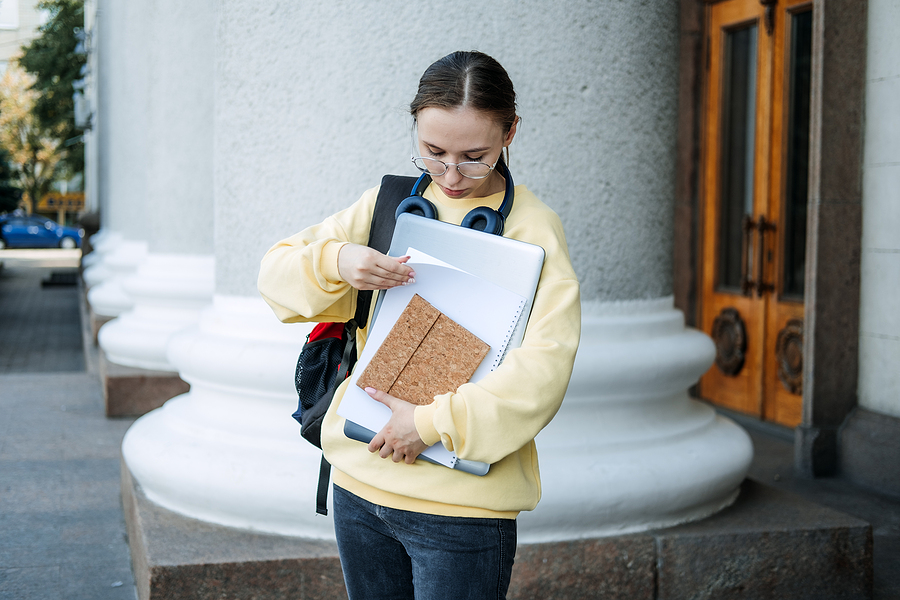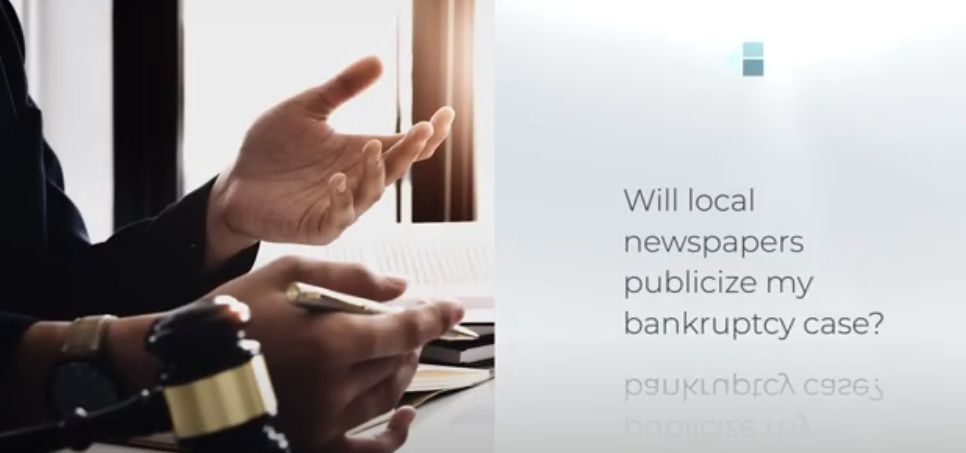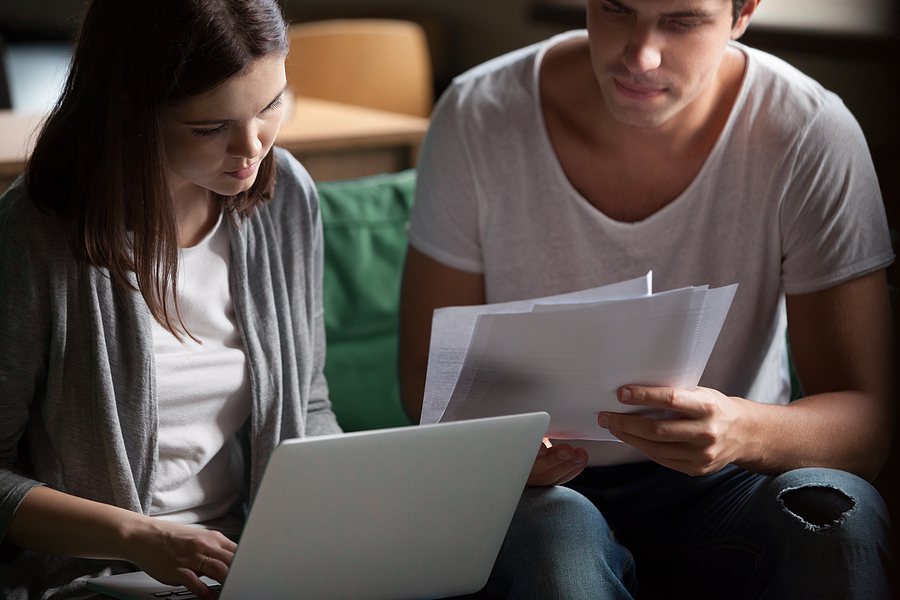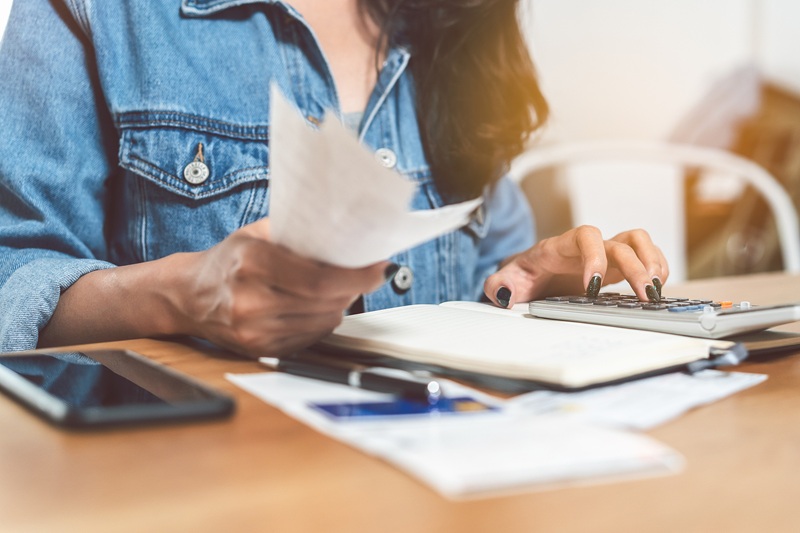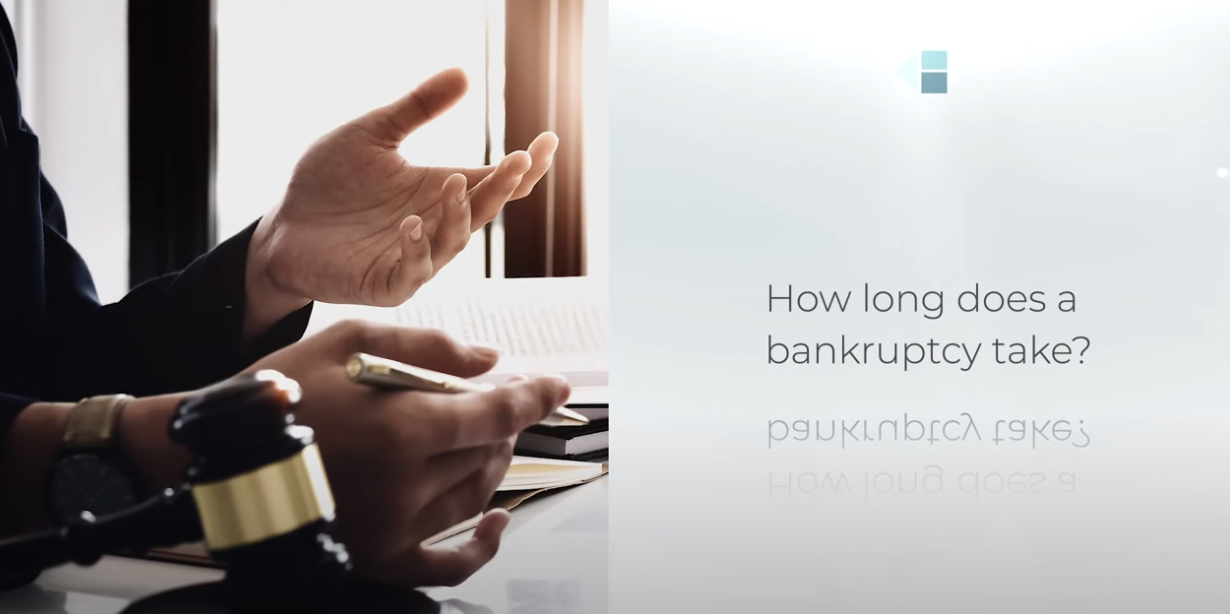The burden of student loan debt can be overwhelming for many individuals struggling to pay it off. New guidance in student loans and the use of bankruptcy to relieve that debt were released last November. According to Forbes, “Congress sets a higher bar when it comes to student loan debt. Ultimately, this is part of the reason we have an unprecedented student debt crisis on our hands, and why so many people with debt continue struggling year after year.”
Minnesota bankruptcy lawyer, Margaret Henehan of the bankruptcy firm Kain + Henehan, noted that student loan debt is in the news and she anticipates more movement in bankruptcy filings on the horizon.
In the past, filing for bankruptcy could not adequately address this type of debt. However, new guidance from the U.S. Department of Education in coordination with the Justice Department may offer a glimmer of hope for those seeking relief. The new guidance provides clearer instructions for bankruptcy lawyers representing clients with student loans. They outline specific conditions that may allow borrowers to have their loans discharged in bankruptcy. These include proving that paying off the loans would cause “undue hardship” to the borrower and their dependents.
Can You File Bankruptcy for Student Loans?
There are new guidelines that address when student loans can be discharged meaning releasing the debtor from personal liability for certain types of debts, in this case for undue hardship. As a result, the new guidance issued by the Biden Administration offers students a way out through bankruptcy. The Department of Justice and the Department of Education announced in November 2022 a “fairer and more accessible bankruptcy discharge process for student loan borrowers to reduce the burden on borrowers of pursuing such proceedings and makes it easier to identify cases where discharge is appropriate.”
Under the new guidelines, borrowers must prove they cannot keep up with payments and face severe financial difficulties currently and in the future if they do not get relief.
Talk with a Bankruptcy Lawyer about Student Debt
Getting student loans discharged through bankruptcy, though easier than in the past, is not necessarily something you can do easily by yourself. Understanding the new process and whether you qualify may be difficult to understand. For example, one of the new items is initiating something called an adversary proceeding in a filed bankruptcy case. The bankruptcy court will then make a determination on whether the borrower faces an undue hardship.
Generally, this means that the borrower is unable maintain a minimal standard of living at the same time they are trying to pay back their student loans. Proving undue hardship typically requires showing that the borrower has made every effort to pay back the loan, that their current financial situation is unlikely to change, and that the hardship will persist for the foreseeable future.
Undue Hardship Examples
Undue hardship refers to a situation where a borrower cannot repay their loans due to unavoidable financial circumstances. In the context of student loans, an undue hardship may be determined by a court to exist if the borrower cannot maintain a minimal standard of living if forced to repay their student loans.
Some examples of undue hardship may be severe illness or disability, a significant decrease in income, or a job loss that may be irreplaceable. If the borrower can in good faith show that they are suffering from undue hardship, they may be eligible for bankruptcy discharge of their student loans. The point of the guidelines is to address the student loan crisis in our country.
Impact of New Student Loan Bankruptcy Guidance
The new guidance is effective as of November 17, 2022, and only impacts federal student loans. Private student loans are not covered under the same recommendations. However, having federal student loans discharged could cause private student loans to move to follow ways to similarly have loans discharged, too. If not, having relief from at least federal loan debt can make it easier to meet private loan payments.
The new process utilizes the IRS Collection Financial Standards to determine whether or not you can pay for student loans while maintaining a minimal standard of living. This means there will be less subjectivity in deciding what constitutes an undue hardship and provide consistent standards across the board.
Schedule a Consultation With a Minnesota Bankruptcy Lawyer
If you are struggling with overwhelming debt including student loan debt, it may be worth considering filing for bankruptcy. Bankruptcy could potentially provide relief from your student loans and get you back on the path to financial independence. Bankruptcy is a right under the U.S. Constitution and can be used to help our citizens.
At Kain + Henehan, we specialize in bankruptcy law and individual bankruptcies. There are two different types of individual bankruptcy, each designed to address debt and relief. Let us review with you, in a respectful and compassionate way, your situation and see if bankruptcy and relieving student loan debt may be the right choice for you. To schedule a consultation by phone, in person, or virtually, contact Kain + Henehan by calling (612) 438-8006 or filling out the online form. We have offices in Saint Cloud and Mendota Heights and serve clients in the Twin Cities area as well as throughout Minnesota.

